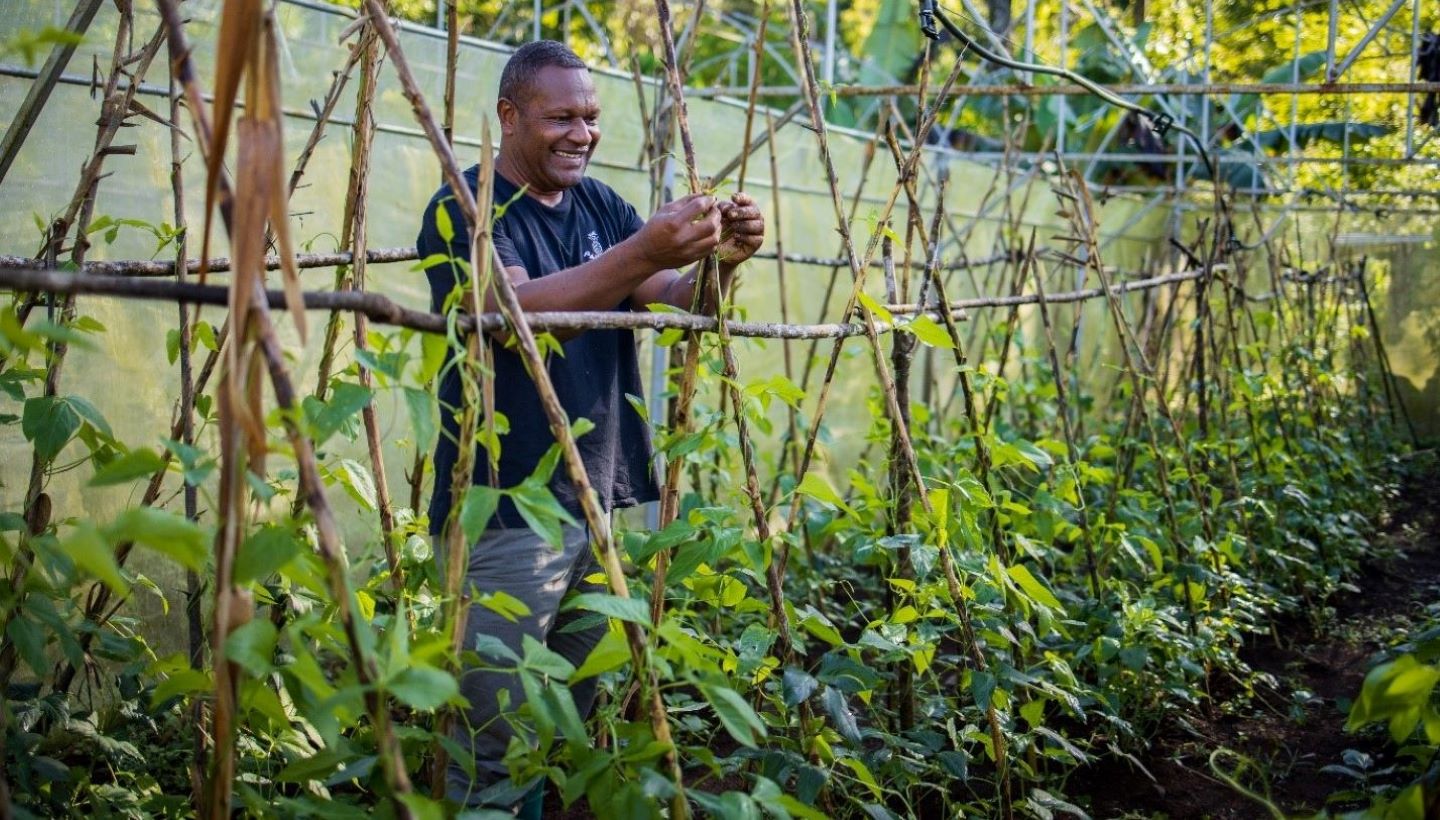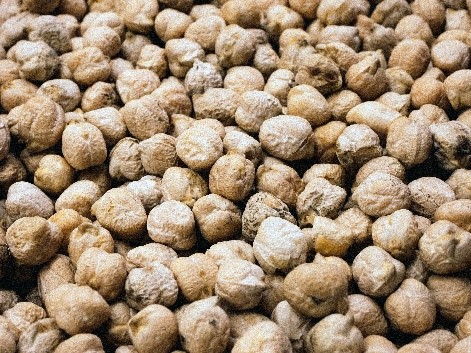A guide to the pulses that power our planet
IFAD Asset Request Portlet
Asset Publisher
A guide to the pulses that power our planet
Estimated reading time: 2 minutes
It’s no secret pulses are good for you. They’re high in protein, fibre, iron and essential minerals, while being low in fat and sodium.
But these superfoods aren’t just good for you – they’re also good for the planet.
Pulses can produce 100g of protein while emitting only 1kg of greenhouse gases. Beef, on the other hand, emits 50kg of greenhouse gases for the same amount of protein. Pulses are also good for the soil, as they host bacteria in their roots that draw in nitrogen from the air. This enriches the soil and reduces the need for synthetic fertilizers.
It’s no wonder pulses are at the heart of thriving rural communities, and an essential ingredient for a sustainable future – so learn how to cook them with our Recipes for Change!
Bountiful beans
Beans (Phaseolus vulgaris) originate in the Americas but thrive in many environments thanks to their ability to host a diverse range of friendly bacteria in their roots. That's why you can find tasty bean dishes on every continent, from rajma in India to enfrijoladas in Mexico.
Make it at home! Try Chef Bela Gil’s bean-filled delight from Brazil: rice and beans with jackfruit meat and sautéed vegetables. Or whip up Chef Pierre Thiam's simple vegan North American chilli.
Can-do cowpeas

- Make it at home! Try black-eyed peas the Senegalese way with Chef Pierre Thiam: butternut squash, spinach & black-eyed peas with fonio.
Limitless lentils
Lentils (Vicia lens) come in a rainbow of colours, from blue-green Puy lentils to vivid orange masoor. By planting these drought-tolerant crops on fallow land between harvests, small-scale farmers can gain an additional income stream and diversify their diets.
Make it at home! Try Chef Ska Moteane’s delicious liphaphatha, a lentil and sorghum curry served with flatbread, from Lesotho.
Champion chickpeas

Make it at home! With a Michelin-starred restaurant under her belt, Chef Cristina Bowerman knows the power of pulses! Try two of her chickpea recipes.